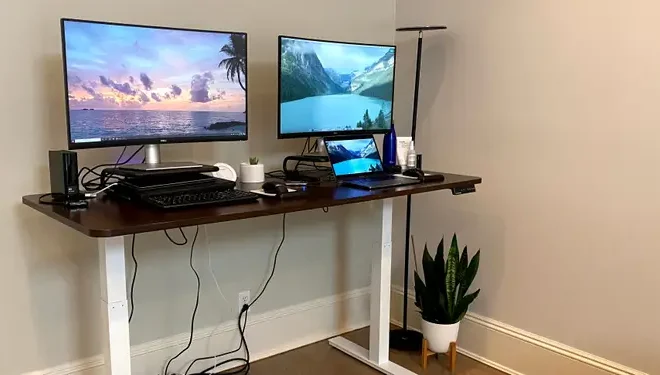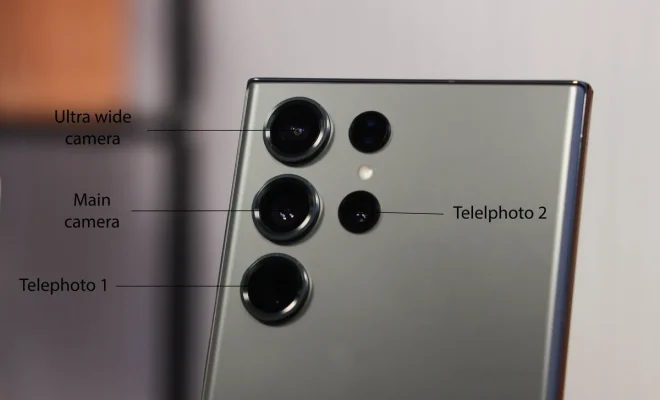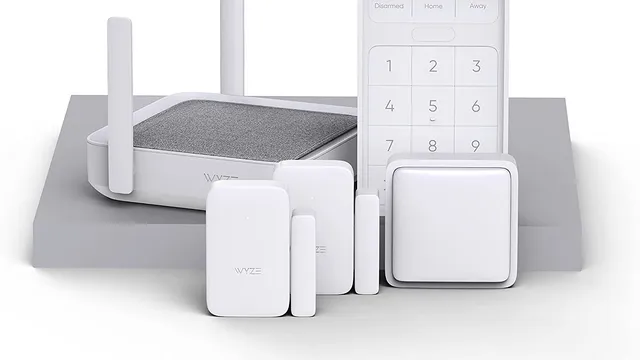Yes, You Can Make Your Own Solar Panels

Introduction
With the rising awareness of climate change and a shift towards renewable energy sources, solar power has become an increasingly important aspect of modern life. For many homeowners and environmental enthusiasts, the idea of producing clean energy while reducing their electricity costs is an attractive proposition. DIY solar panels provide a sustainable solution for those who want to take a hands-on approach to bringing renewable energy into their lives.
Materials for DIY Solar Panels
Building your own solar panel system does not require an engineering degree or expensive equipment. In fact, most of the materials you need can be found at your local hardware store or can be ordered online. Here is a list of basic materials required to build a solar panel:
1. Photovoltaic (PV) cells
2. Tempered glass or plexiglass
3. Aluminum frame
4. Soldering iron and solder wire
5. Solar panel tabbing wire
6. Bus wire
7. Flux pen
8. Silicone sealant
9. Junction box
10. Wire crimper, cutter, and stripper tools
Step-by-Step Guide to Building Your Solar Panel
1. Determine Your Energy Needs: Before beginning the process, it is crucial to determine your energy requirements to ensure your solar panel system meets your demands.
2. Measure and Cut the Frame: Using aluminum L-shaped brackets or C-shaped channels, measure and cut the frame according to the size of the PV cells you will be using.
3. Assemble the Frame: After cutting, assemble the frame by connecting the brackets at each end with screws or rivets.
4. Attach Glass or Plexiglass: Apply a layer of silicone sealant along the inside edges of the frame holding glass or plexiglass in place.
5. Solder PV Cells: Solder tabbing wire onto each PV cell’s front and back sides using flux pen and soldering iron.
6. Arrange PV Cells: Lay out the PV cells in accordance with your desired solar panel configuration, making sure there is enough space between them for voltage to travel.
7. Connect PV Cells: Connect bus wire to each parallel row of series-connected cells, then drill holes through the glass or plexiglass to allow bus wire access for electrical connections.
8. Secure Cells to Glass or Plexiglass: Apply small amounts of silicone sealant on the underside of the cells and press onto glass or plexiglass in your desired layout.
9. Junction Box: Attach a junction box to the frame using nuts and bolts, then connect positive and negative cables from the last solar cell into it.
10. Seal the Solar Panel: Apply a bead of silicone around the edge of the frame to seal it, creating a watertight barrier between the elements and your solar panel assembly.
Conclusion
Building your own solar panels can be an enjoyable and rewarding learning experience while helping contribute to a greener, more sustainable lifestyle. By taking matters into your own hands, you’ll not only have a fully functional solar energy system but also a sense of accomplishment in knowing you made a difference in reducing your carbon footprint. Remember, every little bit counts in making our planet healthier for future generations.






